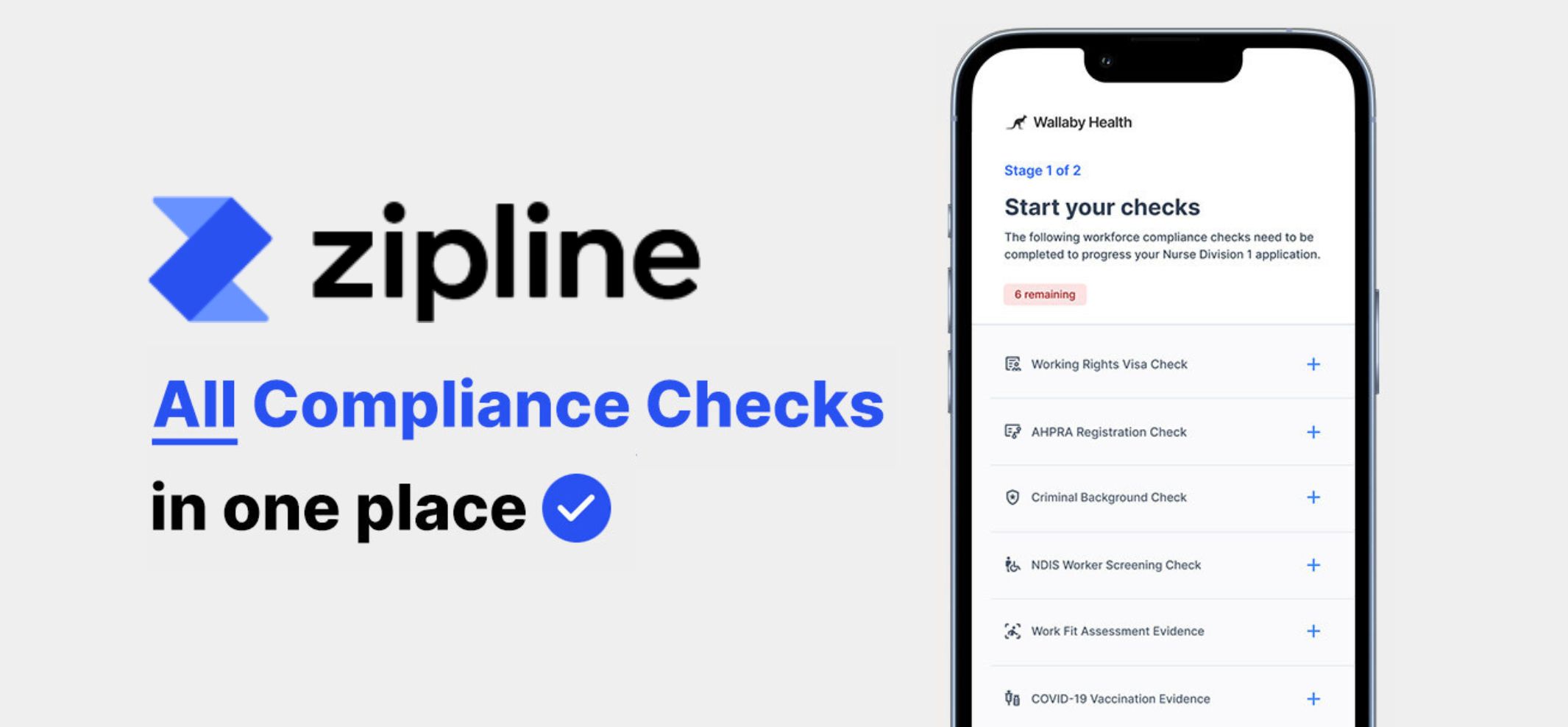Did you know that the first public health initiatives in Australia were initiated in 1788 in the southeastern area of Sydney?
Public Health Units were set up throughout NSW from 1990 onwards to deal with issues relating to protecting and monitoring the health of the population at a local level. Recent amalgamations of the Area Health Services reduced the number of Public Health Units to seven throughout NSW.
Letter to Captain Arthur Phillip from Dr. John White, Surgeon, First Fleet
Sydney Cove, Port Jackson
July 4th, 1788
Sir,
Among the troops, their wives and children, as well as among the convicts who have been ill, the want of necessities to aid the operation of medicine have been most materially and sensibly felt. My duty leads me to mention this circumstance to your Excellency so that you may use all means for their procurement as may seem most expedient.
For your Excellency’s information I have taken the liberty to insert the articles in the margin which come under the head of necessaries, to which I beg to leave to add blankets and sheets for the hospital, none of which are in the colony, altho‘ they are essential and necessary. The want of them makes that observance and attention to cleanliness (a circumstance which among sick persons cannot be too much inculcated or attended to), utterly impossible. Concerning necessaries, our situation here, constantly living on salt provisions without any possibility of a change, makes them more necessary than perhaps in any other quarter of the globe. I have the honor to be, with respect, Sir, your Excellency’s most obedient and very humble servant – John White, Surgeon
The History of Public Health in NSW
The arrival of Captain Arthur Phillip and the First Fleet in Sydney Cove, Port Jackson in 1788, and the subsequent establishment of the colony of New South Wales began the history of the NSW public hospital system. Several medical staff arrived with the First Fleet, among them Dr John White, the Ship’s Surgeon and author of the above letter. The Colonial Medical Service was soon established to provide basic medical care for convicts and others. A temporary hospital was constructed at Sydney Cove, with many convicts being housed in tents on the hospital grounds. The arrival of the Second Fleet showed the inadequacy of this arrangement, as the extremely harsh conditions exacted a high death toll. Construction soon began on more permanent convict hospitals, at Windsor, Bathurst, Liverpool and Goulburn in the early 1800s. Sydney Hospital was finally opened in 1816.
These convict hospitals were progressively handed over to civilian control, as the transportation of convicts to NSW ceased in 1841. Some financial assistance was given by the government, although little control was exercised over their operations.
It wasn’t until the 1850s that public health administration commenced in NSW. The main concerns at this time were infectious diseases and sanitation – two issues still of great importance to public health today.
In 1881, the first NSW Board of Health was established as a response to the smallpox epidemic under the provisions of the Infectious Diseases Supervision Act. The aim was to provide a “Board of Advice to assist in preventing the spread of smallpox”. It was decided that the Board of Health would comprise at least six members, appointed by the Governor.
1896 – First Public Health Act
The first Public Health Act was introduced in NSW in 1896 and was responsible for increasing and clarifying the powers of the Board. The revised Public Health Act of 1902 consolidated existing Acts and made provision for an increase in the number of Board of Health members from six to ten, four of which had to be legally qualified medical practitioners.
Whilst the Board of Health was a statutory body, local authorities were required to provide quarterly written reports detailing both public health and the administration of the Public Health Act within their district.
1904 – Department of Public Health was Established
In April 1904 a Department of Public Health was established, with the Board of Health and the Health Officer of Port Jackson being brought under the control of the Colonial Secretary’s Department.
Subsequent amending acts to the Public Health Act of 1902 further strengthened the powers of the Board. The Board became responsible for the supervision of various public health acts, including the Abattoir Act of 1850, the Quarantine Acts, the Infectious Diseases Supervision Act of 1881, the Dairies Supervision Act of 1886, the Leprosy Act of 1890, the Noxious Trades and Cattle Slaughtering Act of 1894, the Pure Food Act of 1908, the Private Hospitals Act of 1908 and the Diseased Animals and Meat Act of 1902.
A further milestone in the history of public health services was the establishment of the 1929 Public Hospitals Act. For the first time, there was Government control and regulation of quality assurance in hospitals. The Act also established the Hospitals’ Commission of NSW which operated separately from the Board of Health.
They were also responsible for inquiring into the administration and management of hospitals, as well as reporting on conditions relating to their maintenance, equipment, management, and repair. The Commission inspected hospitals every year and reported to the Minister on their financial needs.
1973 – NSW Health Commission
In 1973 the NSW Health Commission was established, which brought together psychiatric hospitals, community health services, and public health programs under the same body as that responsible for public hospitals. The Board of Health was responsible for reporting to the Health Commission on matters relating to public health including infectious diseases and food standards. This Board of Health was abolished in 1974 and the duties were distributed to other committees.
At the same time, the administration of health was decentralized, with several regional offices being established throughout the state. In 1982 the NSW Department of Health was established under the Health Administration Act to simplify the organizational structure to be able to better meet the changing needs of the community.
1986 – Area Health Boards
In 1986 Area Health Boards were first established in the Sydney, Newcastle, and Wollongong regions of the State, replacing many individual hospital boards.
During the 1990s several changes were made, including the amalgamation of the Eastern Sydney and Southern Sydney Area Health Services in 1995 (reducing the number of metropolitan Area Health Services to ten) and the formation of eight Rural Health Services to replace the 23 District Health Services.
1997 – Health Services Act
The Health Services Act came into effect on 1 July 1997, replacing the Public Hospitals Act 1929 and the Area Health Services Act 1986. The Health Services Act consolidates the provisions of the former acts and introduces several new provisions for a modern health care system. The new Act recognizes the importance of the roles of health promotion and education, community health, and environmental health services.
Reference: http://www.islhd.health.nsw.gov.au/Services/Public_Health/history.asp





















